Important watercolour on paper 'Untitled' by the great Italian artist Riccardo Licata.
Dated and signed at lower right "74 Licata".
This work is representative at the highest level of the great artist of Piedmontese origin; his abstract sign, a very personal artistic signature, recalls the greatest Italian abstract artists such as Giuseppe Capogrossi or Corrado Cagli.
This painting, never before on the market, comes from a private collection and is beautified by an impressive vintage frame in silvered metal, in almost perfect condition.
Riccardo Licata (Turin, 20 December 1929 - Venice, 19 February 2014) was an Italian painter and mosaicist.
He was born in Turin on 20 December 1929.
His family first moved to Paris and then to Rome, where he lived from 1935 to 1945. In 1946, he moved with his mother to Venice.
In 1947, he enrolled at the Liceo Artistico.
He studied Bauhaus culture and began to try his hand at mosaics. He met the artists Santomaso, Vedova, Viani, Turcato and Birolli.
In 1949 - with other young painters: Ennio Finzi, Tancredi Parmeggiani, Bruno Blenner and the sculptor Giorgio Zennaro - he formed a group with an abstract tendency.
In 1950 he enrolled at the Accademia di Belle Arti in Venice and began to exhibit.
He participated with a large mosaic at the 1952 Venice Biennale and, the following year, at the Milan Triennale.
He met Gino Severini, whom he was to join in Paris as assistant professor of mosaic the following year.
He began to live between Paris, frequenting the studios of various artists, and Venice, where he kept his own.
He became a lecturer in mosaic at the Academy of Fine Arts in Paris and, from 1970, he taught engraving techniques in Venice. In 1963 he won the Michetti Prize.
He took part in the Venice Biennales of 1964, 1970 and 1972[4], the Rome Quadrennial, and the Biennales of Paris, São Paulo and Alexandria.
In this period he developed and defined what would later become his artistic language: a kind of alphabet, composed of symbols and graphic traits, which would characterise a large part of his production, especially in oils on canvas, mixed media and limited edition silk-screen prints.
These strokes - which Licata himself defines as imaginary letters, a "graphic-pictorial script" inspired by musical language - are used by the artist to compose the works that will make him famous.
His large mosaics are installed in public spaces in Italian and French cities, such as Genoa (Palace of Public Works), Bourgoin-Jallieu, Sault-lès-Rethel, Lille (University), Perpignano, Monza (largo di via Italia), Reggio Emilia (Chamber of Labour), etc.
He has also worked on theatre sets (Medea by Euripides, in 1978 in Treviso, Teatro Comunale) and ballet sets (Ichspaltung by Giuseppe Marotta in 1980 in Venice, Teatro Goldoni) in which watercolours and drawings by the master, executed on various albums on fine papers, were exhibited.
His works can be found in the Museums of Modern Art in Venice, Milan, Mulhouse, Alexandria, Rome, Turin, Warsaw, Sao Paulo in Brazil, Vienna, New York, Stockholm, Florence and Stuttgart. from 31 March to 1 May 2007, the Biblioteca Nazionale Marciana in Venice staged the important exhibition 'Riccardo Licata. Travel Diaries',
At the National Museum of Palazzo Venezia - Sala Regia and Sala delle Battaglie - in Rome, in January/March 2009, an important exhibition entitled 'Riccardo Licata and the Seasons of Spatialism in Venice' was held, inaugurated in the presence of high state officials and the Minister for Cultural Heritage and Activities, also deepening the comparison between the painter's path in the 1950s and 1960s and that of all the other Venetian artists, his contemporaries, who adhered in those years to the Spatialist current, a brilliant and revolutionary artistic movement that profoundly influenced European art in the post-war period thanks to the work of its theorist and founder, Lucio Fontana, who initiated its birth in 1947.
Also in 2009, the city of Venice, to celebrate the 80th birthday of the painter and mosaicist, hosted a large exhibition of mosaics and glass in the prestigious Palazzo Ducale. In the same year, Venice also hosts, at the exhibition venue of the former Church of Santa Marta, 'Porto D'Arti', a collateral event to the 53rd Art Biennale (a project that will be included in the General Catalogue of the same Biennale and in all communications of the organisation), in which the master, who already had 8 appearances at the Venice Biennale, exhibited together with 7 other internationally renowned Italian artists, among the best Italian examples in the field of visual arts. He died in Venice on 19 February 2014.
Dimensions are frame included
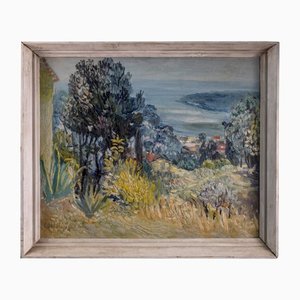
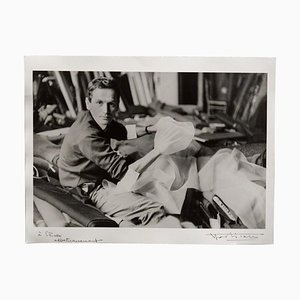
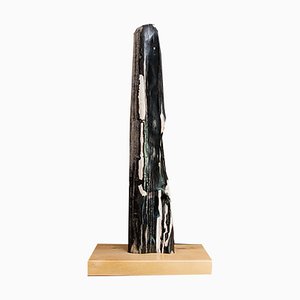
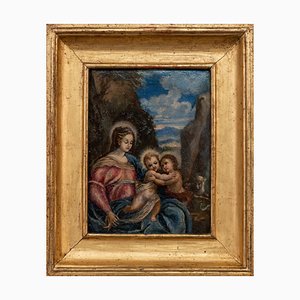
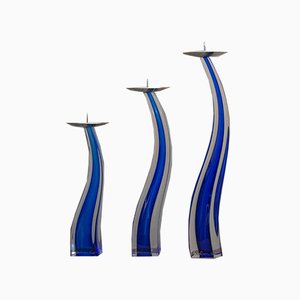

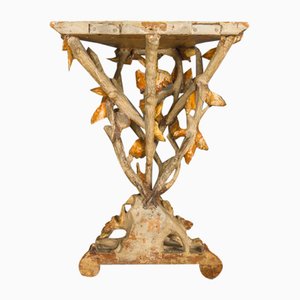
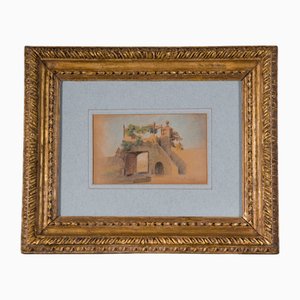
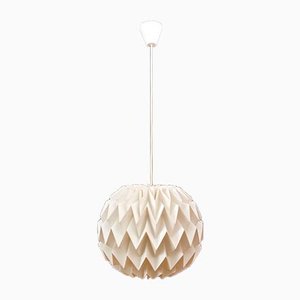
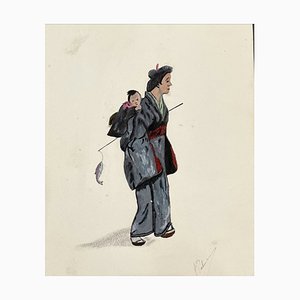

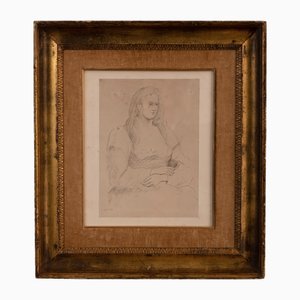
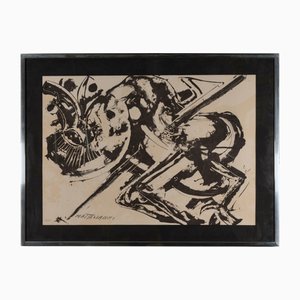
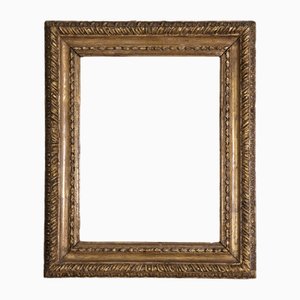
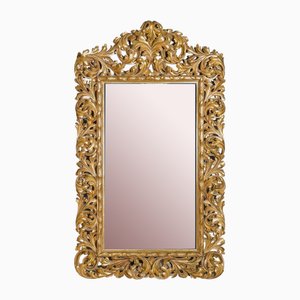
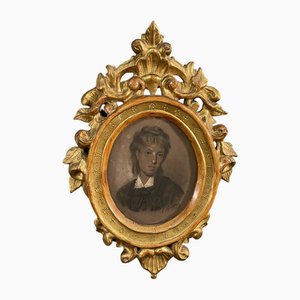
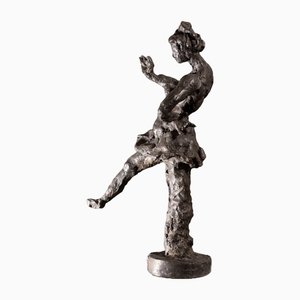

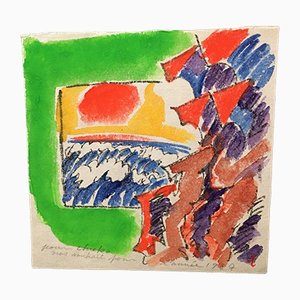

Get in Touch
Make An Offer
We noticed you are new to Pamono!
Please accept the Terms & Conditions and Privacy Policy
Get in Touch
Make An Offer
Almost There!
To follow your conversation on the platform, please complete the registration. To proceed with your offer on the platform, please complete the registration.Successful
Thanks for your inquiry, someone from our team will be in touch shortly
If you are a Design Professional, please apply here to get the benefits of the Pamono Trade Program